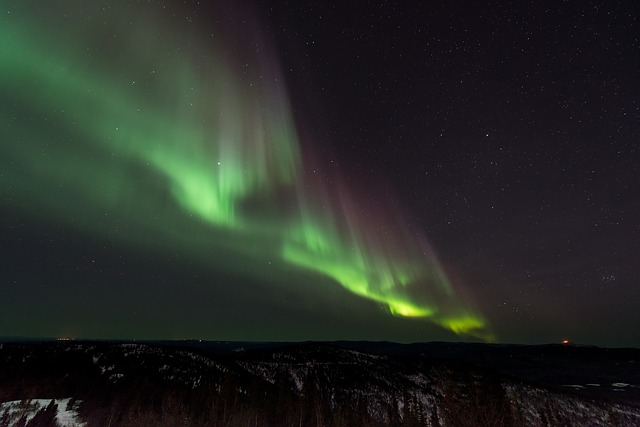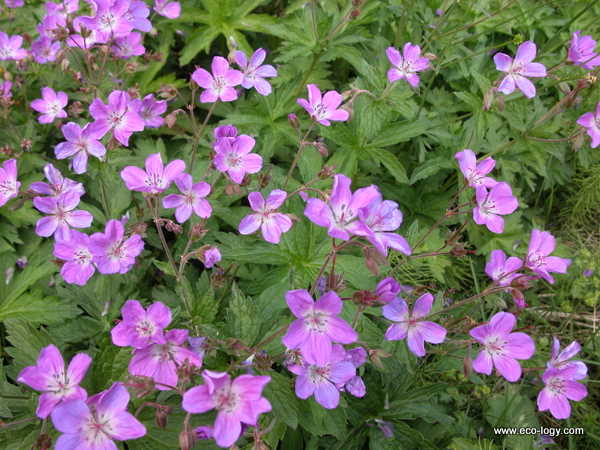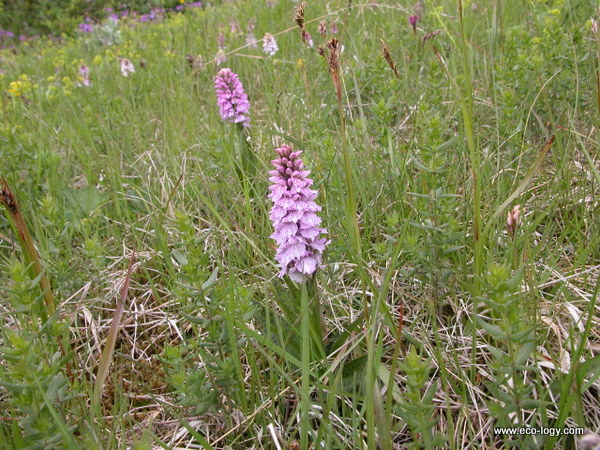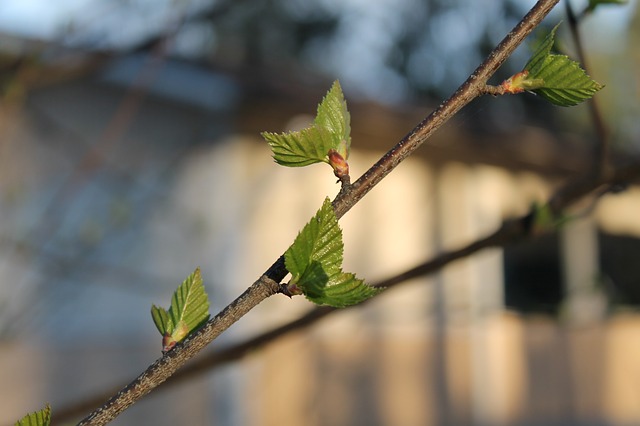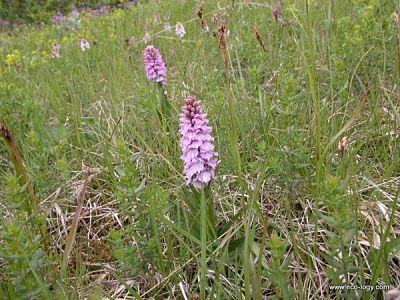Herbivores in forests
This
study centers on the interaction of herbivores and Icelandic birch
(Betula
pubescens) at study sites in contrasting climate in north and
south Iceland.
Birch forms the basis for important animal food webs here. The forest is
productive in terms of leaf biomass and seed production. Specialist leaf
and seed feeding insects and vertebrates are important herbivores in
this system, while others avoid the noxious chemicals in birch seeds and
leaves.
Outbreaks of insects on Icelandic birch are reported by biologist in
this and past centuries. The redpoll (Carduelis flammea) is the
most important seed-feeding bird on Icelandic birch while other birds
occasionally include birch seeds in their diet.
Traditional sheep grazing still occurs on some native birch forests
while other forests are protected. Sheep often prefer young birch to
other vegetation while also browsing on birch and other woody species at
times when their preferred nonwoody food plants are scarce. A central
question is how sheep grazing affects the growth, reproduction and
insect resistance of birch. Comparisons are made between birch plants of
different age groups and forest habitat, climate and management regimes.
The experiments explore grazing responses of young plants, resprouting
plants, and mature plant. Detailed tests are made of the importance of
timing and intensity of grazing for the regrowth and resistance of
birch. Interacting effects of grazing and ambient factors are examined.
Information is sampled on sheep grazing practices on birch forests.
Observations are made on the ecology of birch-feeding moth species, for
example, Acleris notana in the north and Epinotia solandriana and
Operophthera brumata in the south. Local climatic gradients as well as
climate differences between north and south Iceland may exert a strong
effect on the distribution and abundance of moth caterpillars.
Experiments examine birch responses to different caterpillar loads and
timing of caterpillar feeding.
A long-term goal of this research is to obtain important
comparisons to birch herbivory studies in northern Scandinavia, where
B. pubescens grows in different soils and a more continental
climate.
To contact us, fill in the form below:
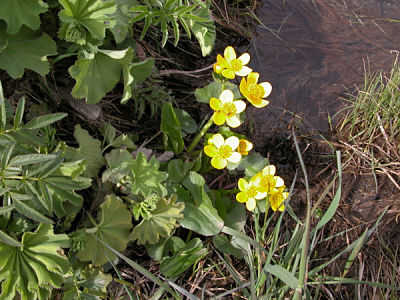


Fáðu nýjustu fréttir og tilboð frá Þund!
Get updates and special offers from Thund!

